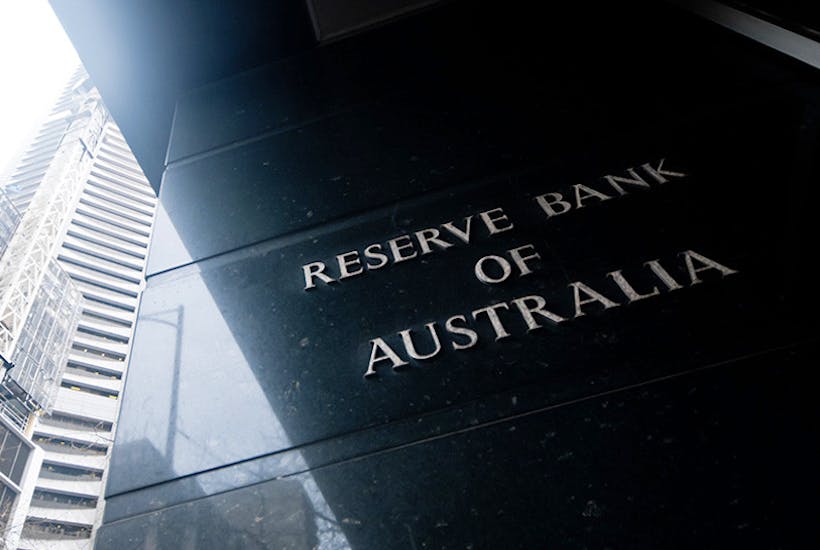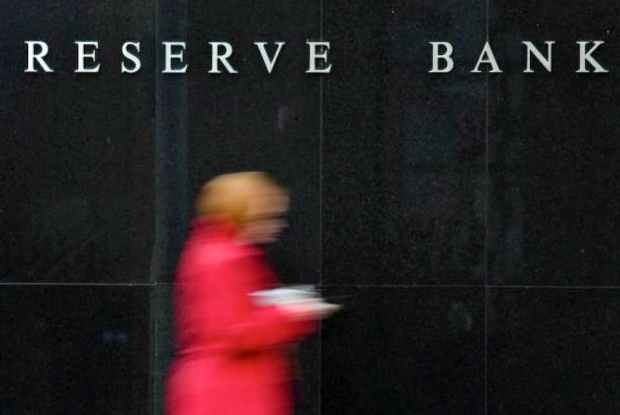The credibility of the Reserve Bank of Australia has never been under greater threat in light of Governor Philip Lowe’s recent pronouncements that Australia will somehow escape the rising inflation tide overseas and that the official cash rate will accordingly stay pinned to 0.1 percent until 2024.
It remains to be seen exactly how much inflation Australia experiences before 2024, but it is a huge call to say we will be insulated from inflation and interest rate developments abroad, especially in the US.
These King Canute-like claims are at odds with two fundamental macroeconomic truths, both related to the fact that, economically speaking, Australia is not an island unto itself.
The first truth is...
Already a subscriber? Log in
Subscribe for just $2 a week
Try a month of The Spectator Australia absolutely free and without commitment. Not only that but – if you choose to continue – you’ll pay just $2 a week for your first year.
- Unlimited access to spectator.com.au and app
- The weekly edition on the Spectator Australia app
- Spectator podcasts and newsletters
- Full access to spectator.co.uk


























Comments
Don't miss out
Join the conversation with other Spectator Australia readers. Subscribe to leave a comment.
SUBSCRIBEAlready a subscriber? Log in